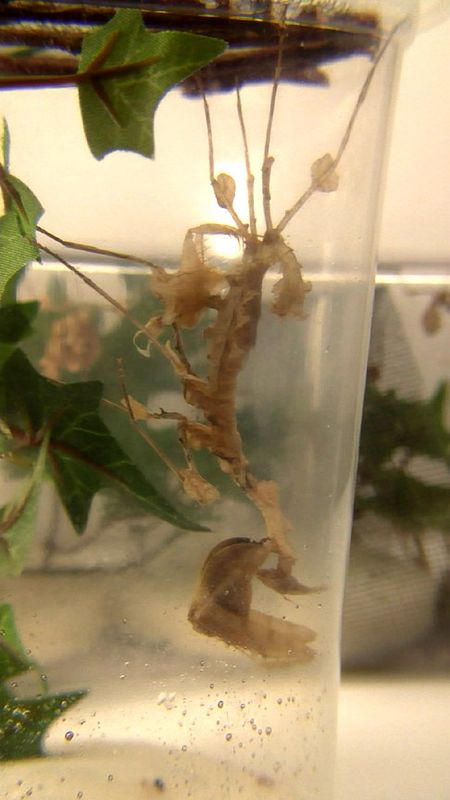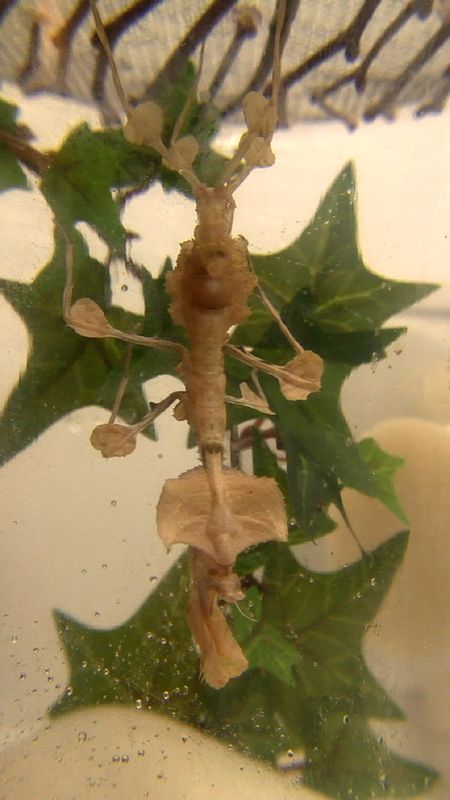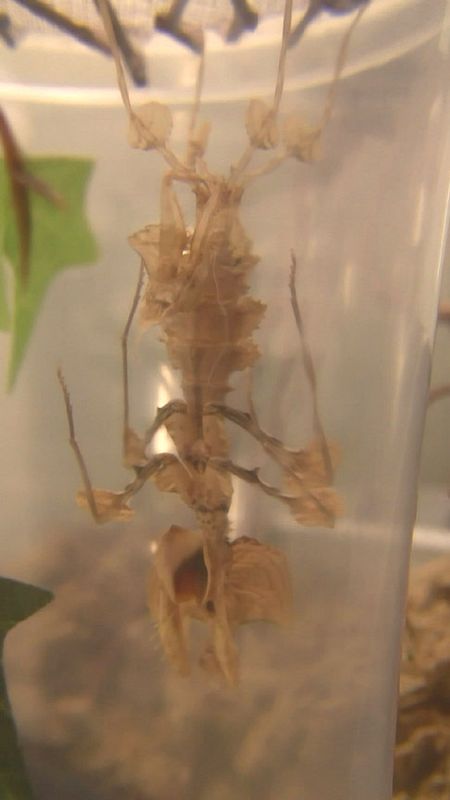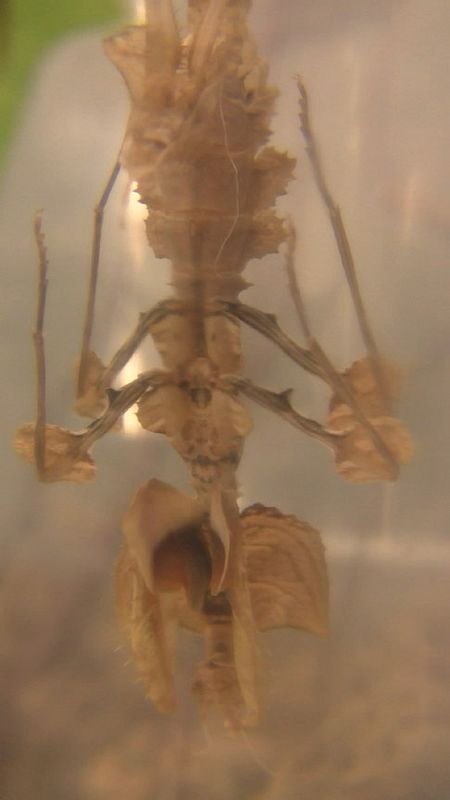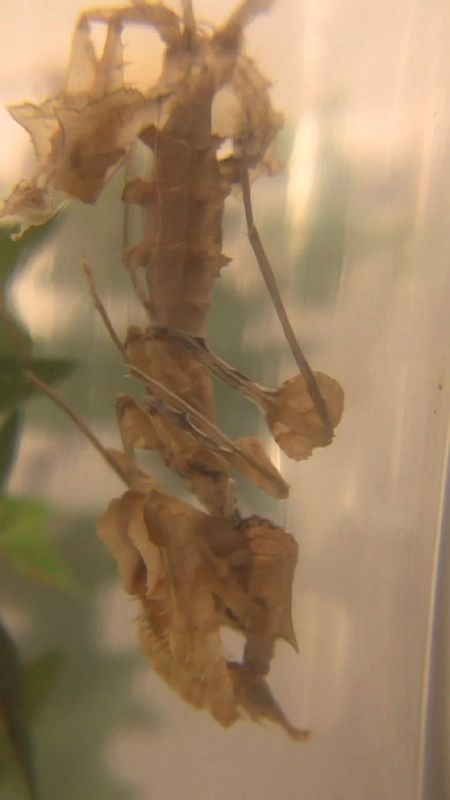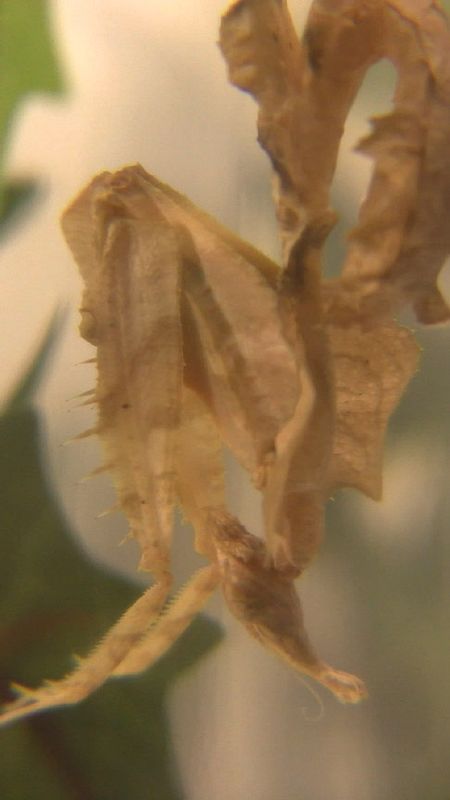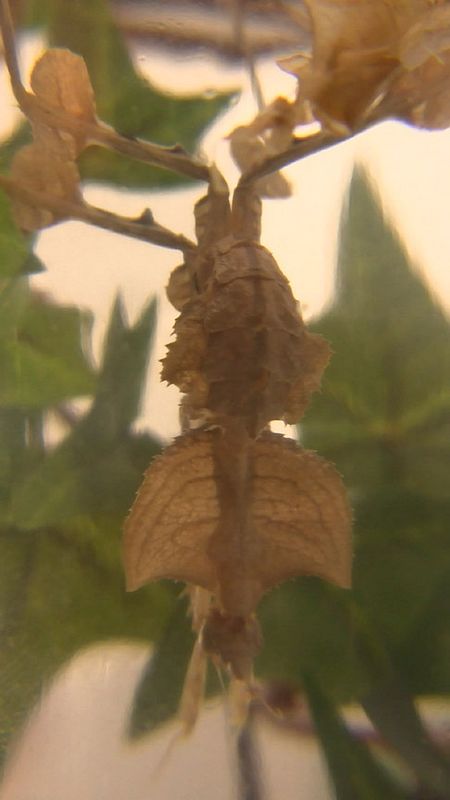I disagree on keeping cb vs wc, they will never be healthier then where God placed them to be, we cannot give them same quality of food no matter what we do.

All in all they are much better off in captivity than the wild. The only thing that we can not mimic is their diet. Specifically what their favorite foods eat.
How have they evolved to use that sort of nutrition to help them?
CB vs. WC
In the wild, mantids will most likely eat insects of all sorts, who knows every species but we can get an idea by observing them in the wild and figuring out what is most abundant in that region. All we can do is rely on folks that are cool enough to take their time to observe them. These are mostly collectors, exporters, etc. In my opinion, observing them in the wild would but a serious thrill!!!

Their instinct. Looking out for predators, how stressed are they really in the wild if they are attacked every few days? Do they keep a journal? Memory, or just gut instinct thru evolution.
Providing them a secure home, even though they do not feel secure because they are always looking over their shoulders, they are safe. They do not have to experience the traumatic situations they deal with in the wild. Birds, rodents, fighting for survival, fight a prey item if they underestimate it's power, etc.
We don't disturb them when they shed. (In the wild, I am sure there are tons of mantids that become food just because they became crippled from mis molting due to a heavy wind, or rain, or being attacked by a predator.
It doesn't rain, blow winds nor anything else for that matter when they are mating in our homes that we provide for them.
Mantids seem to do best on flying insects such as house flies, blue bottle flies,bumble bees, honey bees, moths, even wasps.
Most of us do that. We provide them with the best of our knowledge. What helps them thrive to the best of their ability is our goal.
Although, there must be something in the wild, that their prey eats or gets that we do not know of yet. Something that benefits them. Hopefully we will get an idea.
Example: The Idolomantis just appears to have trouble molting as an older, larger, heavier mantid. Some strains have trouble molting as L6+ while others are eating machines and molt quicker than others. All of this, is in my experience. However, their ooths can hatch up to 100! This is probably why they do exist, having an average of 60 nymphs make it out of a fertile ooth, and 7-10 adults survive, few mate. Who really knows.
Possibly they take longer in the wild to get to adult hood? How much food do they really have available? Do these gems hide out from predators most of the day? Do they hang in the shade just because it gets so damn hot?
Maybe they do not get as much food as we provide them, so they take longer periods between molts.
Maybe a lot of my pre-sub adults mis molted because they were over fed prior to molting? Maybe a few of them feel from the top because they were feeling weak from being over fed? I have no idea. But I do want to test more and more pre-subs with their consumption of food.
Also, how many species of mantids are IMPOSSIBLE to raise in captivity?
I only know of 1. So far... The Moss mantis, not sure the scientific name. It is the mantid that literally is covered in exoskeleton material that mimics moss?
By the way, I edited this a few times. I don't have much time as I wish on here because this is my fourth hobby.
And now that I slept on it, I do apologize for being such a jerk. Rebecca's comment should have never bothered me as much as it did, who am I to dismiss other's beliefs. I am sorry Rebecca.

 :tt2:
:tt2: 












































